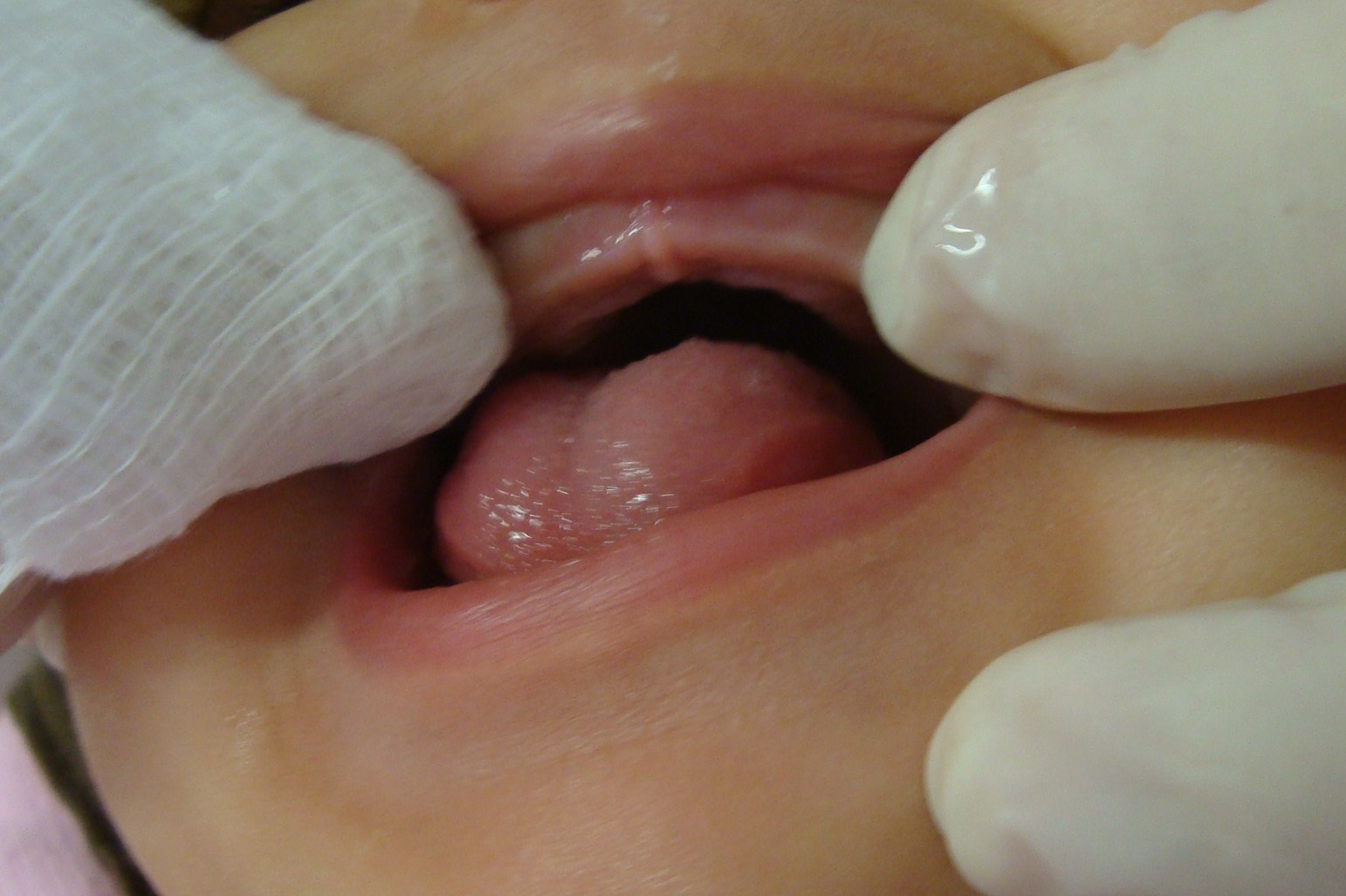What Causes Thrush in Babies

As an affiliate, we may earn a commission from qualifying purchases. We get commissions for purchases made through links on this website from Amazon and other third parties.
If you’re a parent or caregiver of a baby, you may have heard of thrush. Thrush is a common fungal infection that affects babies, especially those under six months old. It’s caused by an overgrowth of yeast called Candida albicans. Thrush is usually harmless, but it can be uncomfortable for your baby and may require treatment.
Understanding thrush in babies is important for parents and caregivers. Thrush can appear in your baby’s mouth, on their tongue, or even in their diaper area. It’s more common in babies who are bottle-fed or who use pacifiers, but it can also occur in breastfed babies. In breastfed babies, thrush can be passed back and forth between the baby and the mother’s nipples.
Key Takeaways
- Thrush is a common fungal infection in babies caused by an overgrowth of yeast called Candida albicans.
- Thrush can appear in your baby’s mouth, on their tongue, or in their diaper area.
- Breastfed babies can pass thrush back and forth between the baby and the mother’s nipples.
Understanding Thrush in Babies
What Is Thrush?
Thrush is a common fungal infection that can affect babies. It is caused by an overgrowth of Candida albicans, a type of yeast that is normally present in the mouth, digestive tract, and skin. When the balance of bacteria and yeast in the body is disrupted, Candida can grow and cause an infection.
Causes of Thrush
Thrush in babies is usually caused by a weakened immune system, which can be the result of factors such as antibiotics, illness, or a premature birth. It can also be passed from the mother to the baby during birth if the mother has a yeast infection in her birth canal.
Symptoms of Thrush
The most common symptoms of thrush in babies are white patches on the tongue, gums, and inside of the cheeks. These patches can be painful and may cause the baby to be fussy or refuse to feed. In some cases, thrush can also cause a diaper rash.
If you suspect that your baby has thrush, it is important to consult with a healthcare provider to get an accurate diagnosis and appropriate treatment. Treatment may include antifungal medication and measures to boost the baby’s immune system.
Overall, thrush is a common and treatable condition in babies. By understanding the causes and symptoms of thrush, you can take steps to prevent and manage this fungal infection in your little one.
Risk Factors for Thrush in Babies
Thrush is a common infection in babies caused by the overgrowth of Candida, a type of yeast that naturally lives in the body. While it is not a serious condition, it can be uncomfortable for your baby and may require treatment. Understanding the risk factors for thrush in babies can help you take steps to prevent it from occurring.
Antibiotic Usage
Antibiotics can disrupt the balance of bacteria in your baby’s mouth, allowing Candida to grow and cause thrush. If your baby has been prescribed antibiotics, they may be at an increased risk of developing thrush. Talk to your doctor about ways to prevent thrush while your baby is taking antibiotics, such as wiping their mouth with a damp cloth after taking medication.
Weakened Immune System
Babies with weakened immune systems are more susceptible to thrush. Premature babies, babies with HIV, and babies who have undergone chemotherapy or radiation therapy may be at an increased risk. If your baby falls into one of these categories, talk to your doctor about ways to prevent thrush and monitor them for symptoms.
Pacifier and Bottle Use
Pacifiers and bottles can increase the risk of thrush in babies. When using a pacifier or bottle, make sure to sterilize it regularly to prevent the growth of Candida. Additionally, avoid putting your baby to bed with a bottle or pacifier, as this can increase the amount of time that Candida is in contact with their mouth.
In summary, several factors can increase the risk of thrush in babies, including antibiotic usage, a weakened immune system, and pacifier and bottle use. By taking steps to prevent these risk factors, you can help keep your baby healthy and comfortable.
Diagnosis and Treatment
If you suspect that your baby has thrush, it is important to seek medical attention from a healthcare provider or pediatrician. They will be able to diagnose the condition and recommend appropriate treatment options.
Diagnosing Baby Thrush
To diagnose thrush in infants, a doctor will examine your baby’s mouth and look for white patches on the tongue, gums, and inside of the cheeks. In some cases, they may also take a sample of the white patches for laboratory testing to confirm the diagnosis.
Medical Treatments
The most common medical treatment for baby thrush is an antifungal medication such as nystatin, which is available in both prescription and over-the-counter forms. Your doctor may also prescribe other antifungal medications if the thrush is severe or if your baby has other health conditions.
It is important to follow your doctor’s instructions for administering the medication, which may involve applying it directly to your baby’s mouth or mixing it with breast milk or formula. In most cases, treatment will continue for at least 10 days to ensure that the infection is fully cleared.
Home Remedies and Prevention
In addition to medical treatments, there are also several home remedies and lifestyle changes that can help prevent and treat baby thrush. These include:
- Maintaining good oral hygiene for both you and your baby, including brushing and flossing regularly and cleaning your baby’s gums and tongue with a soft cloth or brush.
- Avoiding foods that can promote the growth of yeast, such as sugary and processed foods.
- Adding probiotics to your baby’s diet, either through supplements or foods such as yogurt.
- Using a pacifier that is specifically designed to reduce the risk of thrush.
- Sterilizing any items that come into contact with your baby’s mouth, such as bottles, nipples, and pacifiers.
If you have any concerns about your baby’s health or suspect that they may have thrush, it is important to seek medical attention as soon as possible. With the right diagnosis and treatment, baby thrush can be effectively managed and prevented from recurring.
Feeding and Thrush
Thrush is a common fungal infection that can affect babies. It is caused by an overgrowth of Candida, a type of yeast that is naturally present in the body. While thrush can occur in any baby, certain feeding practices can increase the risk of developing this infection.
Breastfeeding Challenges
Breastfeeding can sometimes be challenging, and it is not uncommon for new mothers to experience discomfort or soreness in their nipples. This can be due to a variety of factors, such as a poor latch, engorgement, or even a yeast infection. If you are experiencing soreness or shooting pains during breastfeeding, it is important to seek help from a lactation consultant or healthcare provider.
Thrush can also affect the nipples, causing pain and soreness. If you notice any signs of thrush on your nipples, such as redness, itching, or flaking, it is important to seek treatment right away. Your healthcare provider may prescribe an antifungal medication to help clear up the infection.
Feeding Practices to Reduce Thrush
There are several feeding practices that can help reduce the risk of developing thrush in babies. These include:
- Clean and sterilize feeding equipment: It is important to clean and sterilize bottles, nipples, and breast pump parts after each use to prevent the spread of bacteria and yeast.
- Limit pacifier use: Pacifiers can increase the risk of developing thrush, so it is best to limit their use or avoid them altogether.
- Avoid overfeeding: Overfeeding can lead to an overgrowth of yeast in the digestive tract, so it is important to feed your baby on a schedule and avoid overfeeding.
- Practice good hygiene: Wash your hands frequently and keep your baby clean and dry to help prevent the spread of yeast.
By following these feeding practices, you can help reduce the risk of developing thrush in your baby. If you notice any signs of thrush, such as white patches in the mouth or refusal to feed, it is important to seek treatment right away. With proper care and treatment, thrush can be easily treated and managed.
Preventing Recurrence of Thrush
If your baby has had thrush, you will want to take steps to prevent it from recurring. Here are some things you can do:
Hygiene and Cleaning
Maintaining good hygiene is essential to prevent the spread of thrush. Be sure to do the following:
- Sterilize all toys, bottles, and pacifiers that your baby puts in their mouth.
- Wash your hands thoroughly before and after feeding or changing your baby.
- Clean your baby’s mouth and tongue with a clean, damp cloth after each feeding.
- Change your baby’s diaper frequently to prevent moisture buildup.
- Sterilize all breast pump parts and bottles used for expressed milk.
Dietary Considerations
Dietary considerations can also help prevent the recurrence of thrush. Here are some things to keep in mind:
- Avoid giving your baby sugary foods, as sugar feeds the yeast that causes thrush.
- Consider adding probiotics to your baby’s diet to help promote healthy bacteria growth. Lactobacilli, a type of good bacteria, can help prevent thrush.
- If you are breastfeeding, make sure you are eating a healthy diet and getting enough rest. A weakened immune system can increase your baby’s risk of thrush.
By following these steps, you can help prevent the recurrence of thrush in your baby. If you have any concerns or questions, be sure to talk to your pediatrician.
Complications and When to See a Doctor
Potential Complications
If left untreated, thrush in babies can lead to potential complications. The most common complication of thrush is pain and discomfort in the mouth, which can make it difficult for your baby to feed. This can lead to poor weight gain and failure to thrive. In some cases, thrush can also cause bleeding or sores in the mouth.
In rare cases, thrush can lead to a more serious infection that spreads beyond the mouth. This can cause fever and other symptoms of a systemic fungal infection. If you notice any of these symptoms, it is important to seek medical attention right away.
Consulting a Healthcare Provider
If you suspect that your baby has thrush, it is important to consult a healthcare provider. Your pediatrician can diagnose thrush by examining your baby’s mouth and looking for characteristic white patches on the tongue, cheeks, or roof of the mouth.
Your healthcare provider may recommend treatment with antifungal medications to clear up the infection. It is important to follow your healthcare provider’s instructions carefully and complete the full course of treatment, even if your baby’s symptoms improve.
If your baby’s thrush does not improve with treatment, or if you notice any new symptoms such as fever, it is important to consult your healthcare provider again. They may need to adjust your baby’s treatment or order additional tests to rule out other underlying conditions.
In summary, thrush in babies can cause pain, discomfort, and potential complications if left untreated. If you suspect that your baby has thrush, it is important to consult a healthcare provider for diagnosis and treatment. By following your healthcare provider’s instructions and seeking prompt medical attention if necessary, you can help ensure that your baby recovers quickly and avoids any potential complications.
Frequently Asked Questions
What factors contribute to the development of oral thrush in infants?
Thrush is a fungal infection caused by the overgrowth of Candida fungus, which is naturally present in the mouth and digestive tract of infants. However, certain factors can contribute to the development of thrush in babies, including a weakened immune system, the use of antibiotics, and poor oral hygiene.
How can thrush be treated effectively in babies?
Thrush can be treated effectively with antifungal medication prescribed by a doctor. In addition, parents can help alleviate the symptoms of thrush by practicing good oral hygiene and ensuring that feeding equipment is properly sanitized.
What are the common symptoms indicating a baby might have thrush?
The most common symptoms of thrush in infants include white patches on the tongue, gums, and inside of the cheeks, as well as redness and soreness in the mouth. Infants with thrush may also experience difficulty feeding or be more fussy than usual.
What preventive measures can be taken to reduce the risk of thrush in babies?
To reduce the risk of thrush in babies, parents can take several preventive measures, including practicing good oral hygiene, avoiding the overuse of antibiotics, and ensuring that feeding equipment is properly sanitized. Breastfeeding mothers can also reduce the risk of thrush by maintaining good nipple hygiene and treating any signs of nipple candidiasis promptly.
How should feeding equipment be sanitized if a baby has thrush?
Feeding equipment, such as bottles and pacifiers, should be washed in hot, soapy water and sterilized using a steam sterilizer or by boiling in water for at least 5 minutes. It is also important to replace any nipples or pacifiers that show signs of wear or damage.
Are breastfed infants at a higher risk for developing thrush, and why?
Breastfed infants may be at a higher risk for developing thrush, as the fungus that causes thrush can be passed from the mother’s nipples to the baby’s mouth during breastfeeding. However, maintaining good nipple hygiene and treating any signs of nipple candidiasis promptly can help reduce the risk of thrush in breastfed infants.
About Us
Our goal is to empower you with concise probiotic guidance for a healthier gut. With expert advice, we provide the knowledge to improve your well-being and navigate the world of probiotics efficiently, ensuring you achieve optimal gut health.
- Can You Take Probiotics While Water Fasting?
- Does Fasting Help Microbiome Diversity and Functionality?
- Does Fasting Help Your Bowels
- Does Fasting Help Probiotics? Understanding Gut Health Benefits
- Does Fasting Help the Gut: Understanding the Impact on Digestive Health
Disclaimer
As an affiliate, we may earn a commission from qualifying purchases. We get commissions for purchases made through links on this website from Amazon and other third parties.
Check these out on Amazon









